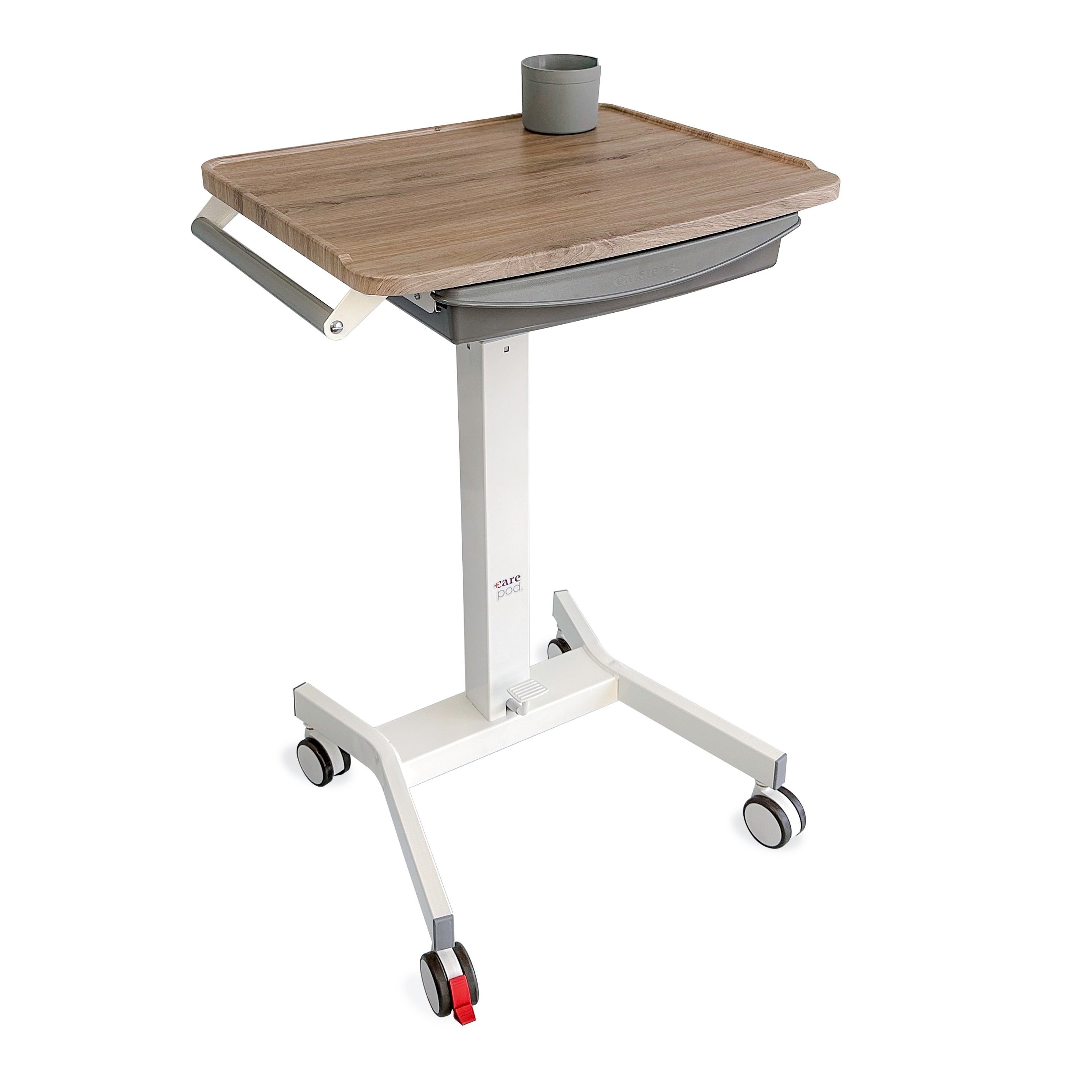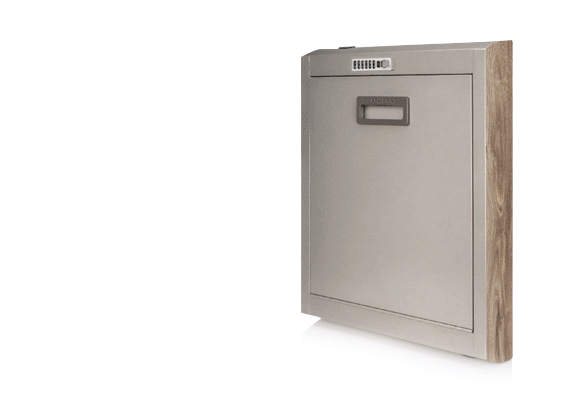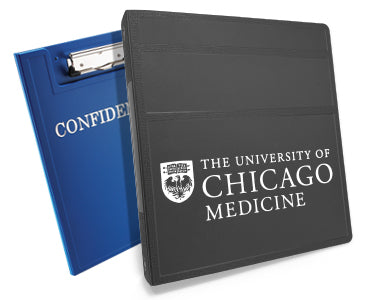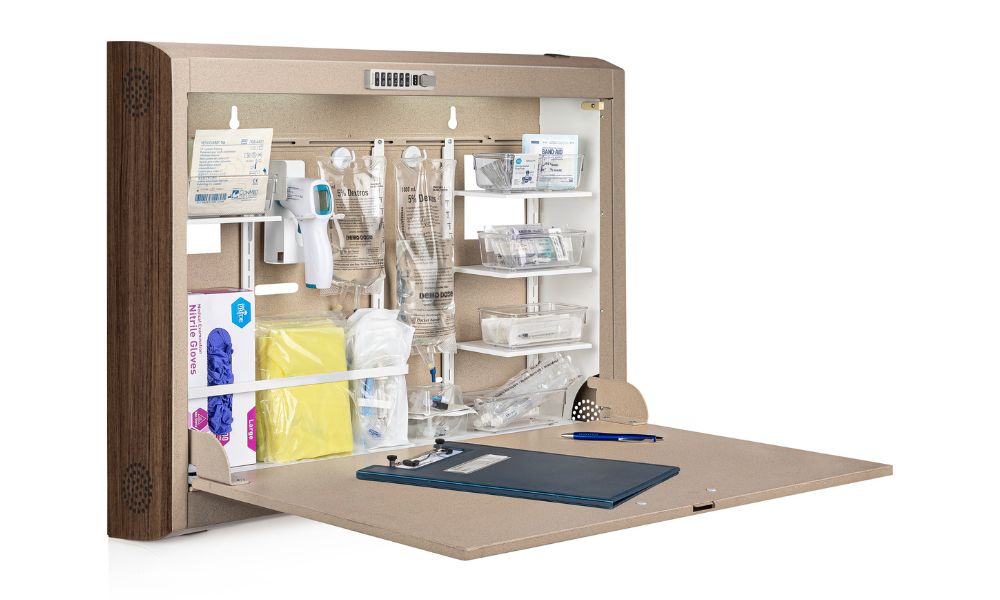As a healthcare provider or medical professional, you understand just how important medical records are in providing quality patient care. These comprehensive documents contain critical information about treatment plans, diagnoses, symptoms, and lab results.
An effective system for collecting and organizing data is essential for accurately monitoring patient progress. But before your team can make the most of these digital resources, it’s important to understand the main components of a complete medical record. Let’s explore the key elements of patient files so that your facility can provide top-notch presentation and documentation for all patients.
Patient Identification and Demographics
At the heart of every patient’s medical history lies a fundamental need for accurate and complete patient identification and demographic information. This information is a crucial first step toward understanding and evaluating a patient’s health status and medical conditions.
Medical records must contain essential patient information, including the patient’s full legal name, birth date, contact details, home address, and insurance data. These details help ensure that each professional can assess and treat the correct patient, reducing the probability of potential medical errors that could negatively impact a patient’s health outcomes.
Medical History
Having a detailed medical record is crucial for providing optimal patient care. The medical history section is among the main components of a patient’s file. This part details an individual’s past medical conditions, surgeries, hospitalizations, medications, allergies, and family medical history.
This information makes healthcare practitioners more prepared to make informed decisions about a patient’s health. The medical history section is a foundation for a patient’s medical record, can dictate future diagnoses and treatments, and can reduce mistakes.
Visit Records
Every patient visit should generate a visit record. This file details the chief complaint or reason for the visit, vital signs, physical examination findings, and laboratory results.
The doctor will also provide their diagnosis and treatment plan when applicable, which will also appear in the documentation. This consistent documentation of visit records ensures that physicians can closely monitor the progress of their patients and appropriately adjust treatment plans based on their findings.
Maintaining accurate medical records is crucial, as it enables healthcare professionals to make informed decisions regarding patient care and facilitates seamless communication between healthcare professionals.
Progress Notes
Many moving parts in the medical industry help grant patients the best care. Medical professionals rely on progress notes as a crucial component of a medical record. These notes document progress and any modifications made to a patient’s treatment plan—providing insight into the patient’s condition, including vital signs, concerns, and observations.
Regular updates to the progress notes allow healthcare providers to review the patient’s history, track their progress, and communicate any changes or abnormalities. These updates ensure physicians and nurses can work together to ensure the patient receives the best possible care. Hence, progress notes are indispensable in fostering transparency, continuity, and collaboration among healthcare providers, ultimately leading to improved patient well-being.
Imaging and Test Reports
Imaging and test reports are integral to medical records, providing vital information about diagnostic tests conducted, such as X-rays, CT scans, MRIs, blood tests, and more. These reports enable doctors to accurately identify and monitor medical conditions, evaluate treatments’ effectiveness, and make informed decisions about their patients’ healthcare.
Imaging reports contain detailed information about the pictures of the inside of the body captured through X-ray, CT scan, MRI, ultrasound, or other imaging techniques. These reports help doctors and specialists analyze specific areas of concern in the body, such as tumors, broken bones, or damaged blood vessels, and devise effective treatment plans.
On the other hand, test reports comprise a wide range of tests, including blood tests, urine tests, molecular diagnostic tests, pathology tests, and genetic tests. These reports provide crucial information about the patient’s overall health, including the state of the kidneys, liver, heart, and other organs. Test reports can also identify genetic abnormalities that could lead to serious health concerns or help diagnose specific conditions such as cancer or infectious diseases.
Consent Forms and Advance Directives
One of the most important components of medical records is the inclusion of consent forms and advance directives. This documentation serves the critical purpose of ensuring that healthcare professionals note and preserve each patient’s informed decisions regarding their care.
Consent forms for procedures, surgeries, and medications act as legal proof that professionals informed the patients about the details of an intervention and that the patient consented to it fully. In cases where patients are unable to express their wishes due to incapacitation, advance directive documents play a vital role.
These documents, such as living wills and durable power of attorney forms, record patients’ predetermined preferences regarding their healthcare. This information guides healthcare providers and family members in challenging situations where patients can’t communicate their wishes.
A record of consent forms and advance directives in medical records also helps enhance continuity of care across the healthcare system. In emergencies where patients are unresponsive, having access to documented preferences and consents can reduce confusion among medical personnel, expedite decision-making, and ultimately improve patient care outcomes.
The Power of Organization: Medical Record Binders
Excel in the caregiving experience by harnessing the benefits of medical record binders. Well-organized medical binders pave the way for efficient communication among healthcare providers, allowing for prompt and accurate treatment plans. They can also prove to be essential if your office’s electronic health record (EHR) system goes down.
At Carstens, Inc., our medical record binders revolutionize the caregiving experience. The key benefits of organizing and using medical binders include:
- Quickly accessing relevant medical information
- Providing access to information during planned and unexpected EHR downtime
- Saving time
- Enhancing the ability to evaluate progress and recognize patterns
- Making care decisions based on accurate information
- Reducing medical errors
- Providing safer care
A Journey Toward Improved Caregiving
Carstens is dedicated to elevating the caregiving experience for healthcare professionals and patients. We strive to streamline the organization and accessibility of patient records, ultimately contributing to better healthcare outcomes. We design our products with caregivers and patients in mind, ensuring an enhanced healthcare experience.
Let’s make the most of medical records and provide the best care possible for those in need. Remember, a well-organized medical record binder is not just a tool; it’s an investment toward providing quality care and improving lives.







